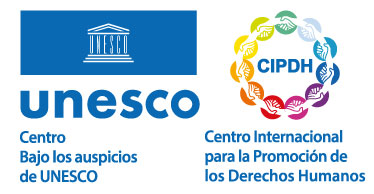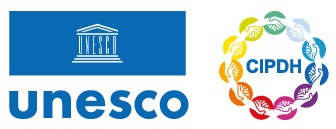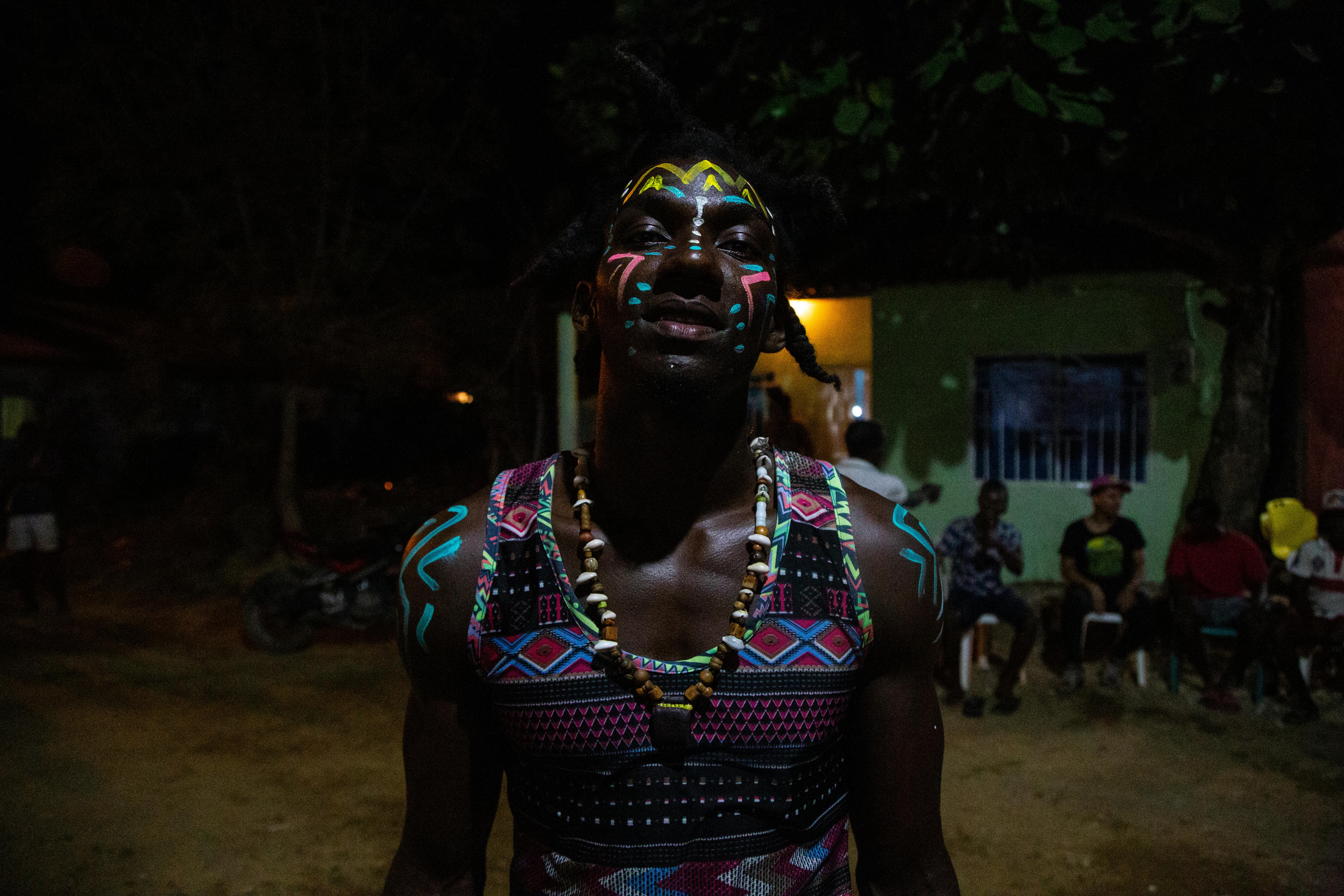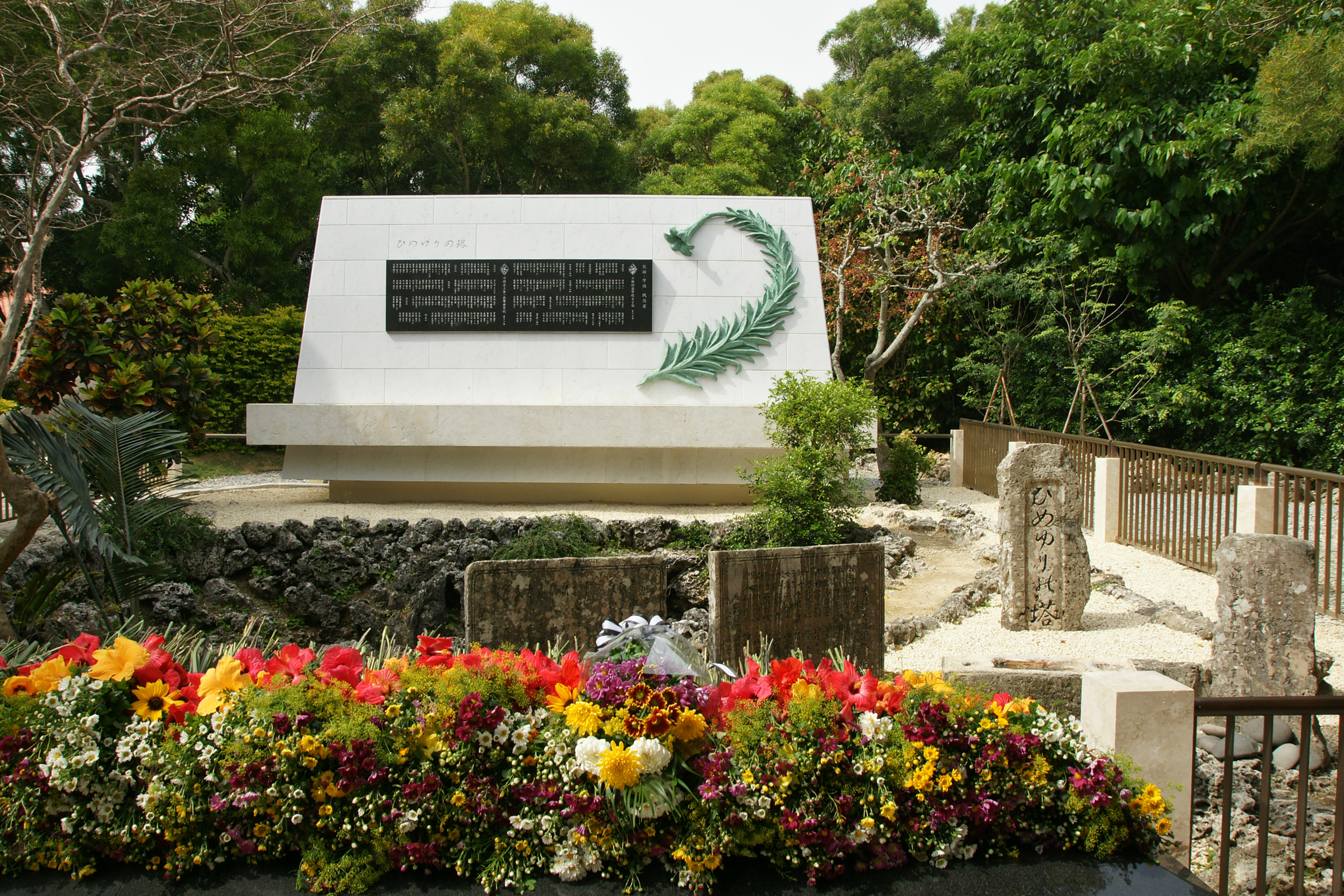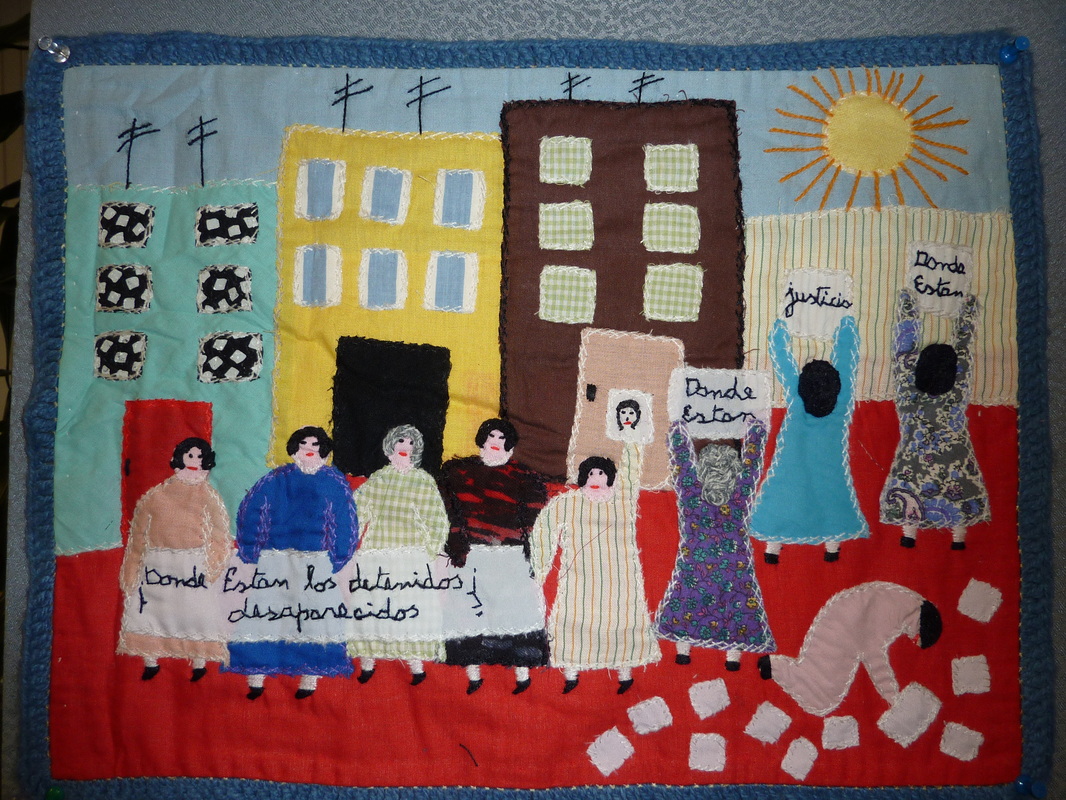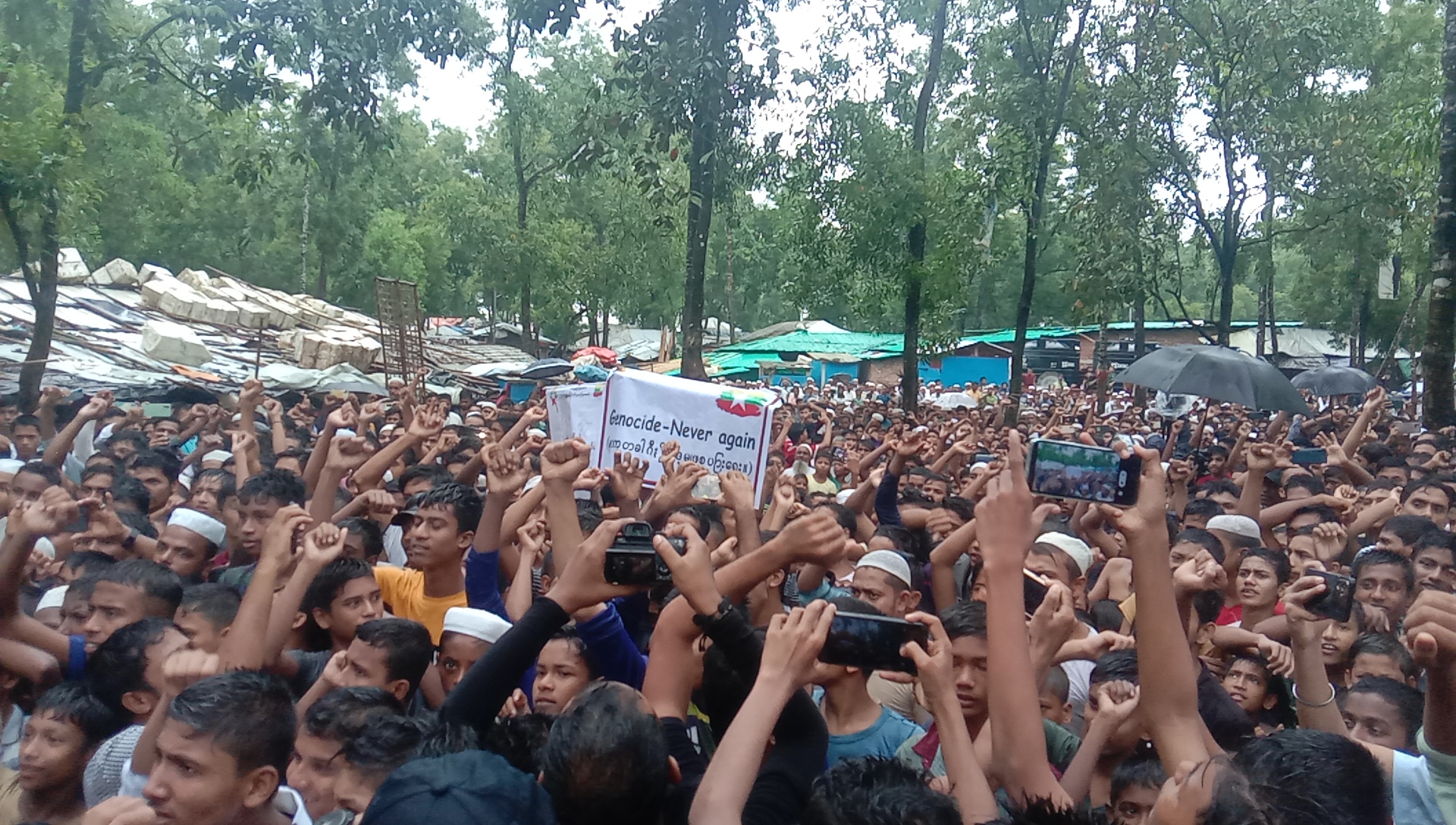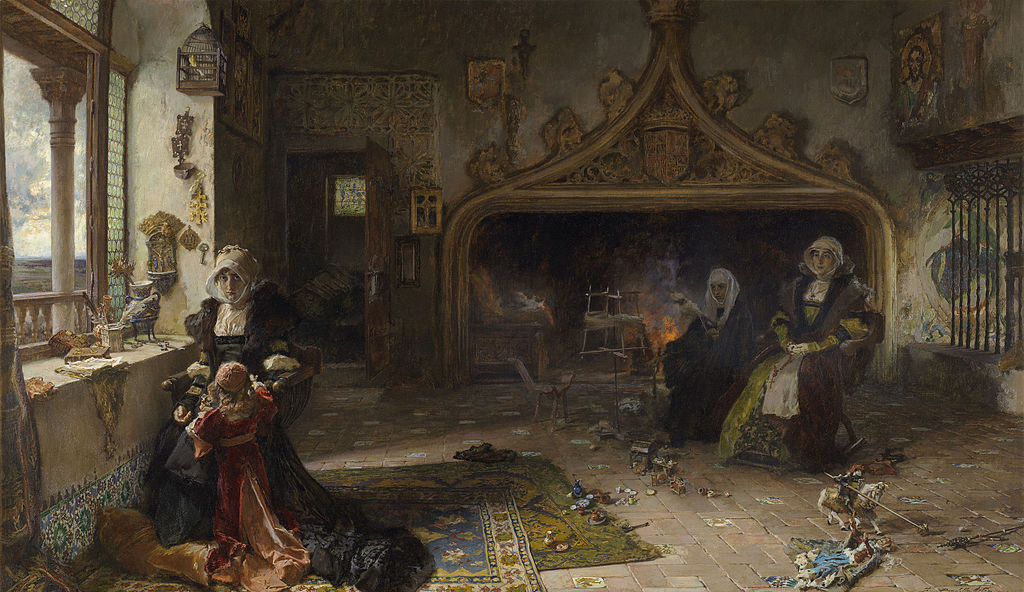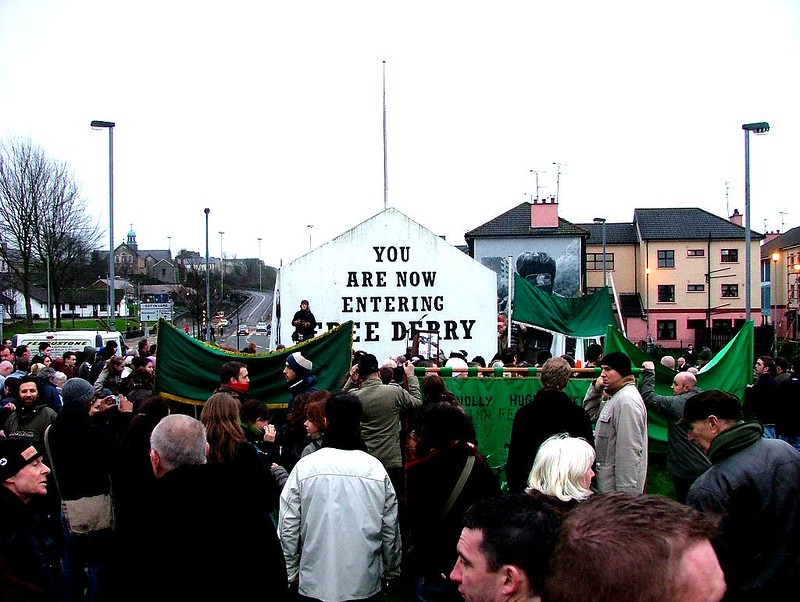Commemoration of the Battle of Kuruyuki
Intangible
Theme: Armed conflict

Address
Country
Bolivia
City
Ivo District, Luis Calvo Province
Continent
America
Theme: Armed conflict
Purpose of Memory
To honor the victims of the Battle of Kuruyuki.
Known Designation
Commemoration of the Battle of Kuruyuki
Date of creation / identification / declaration
1992
Public Access
Free
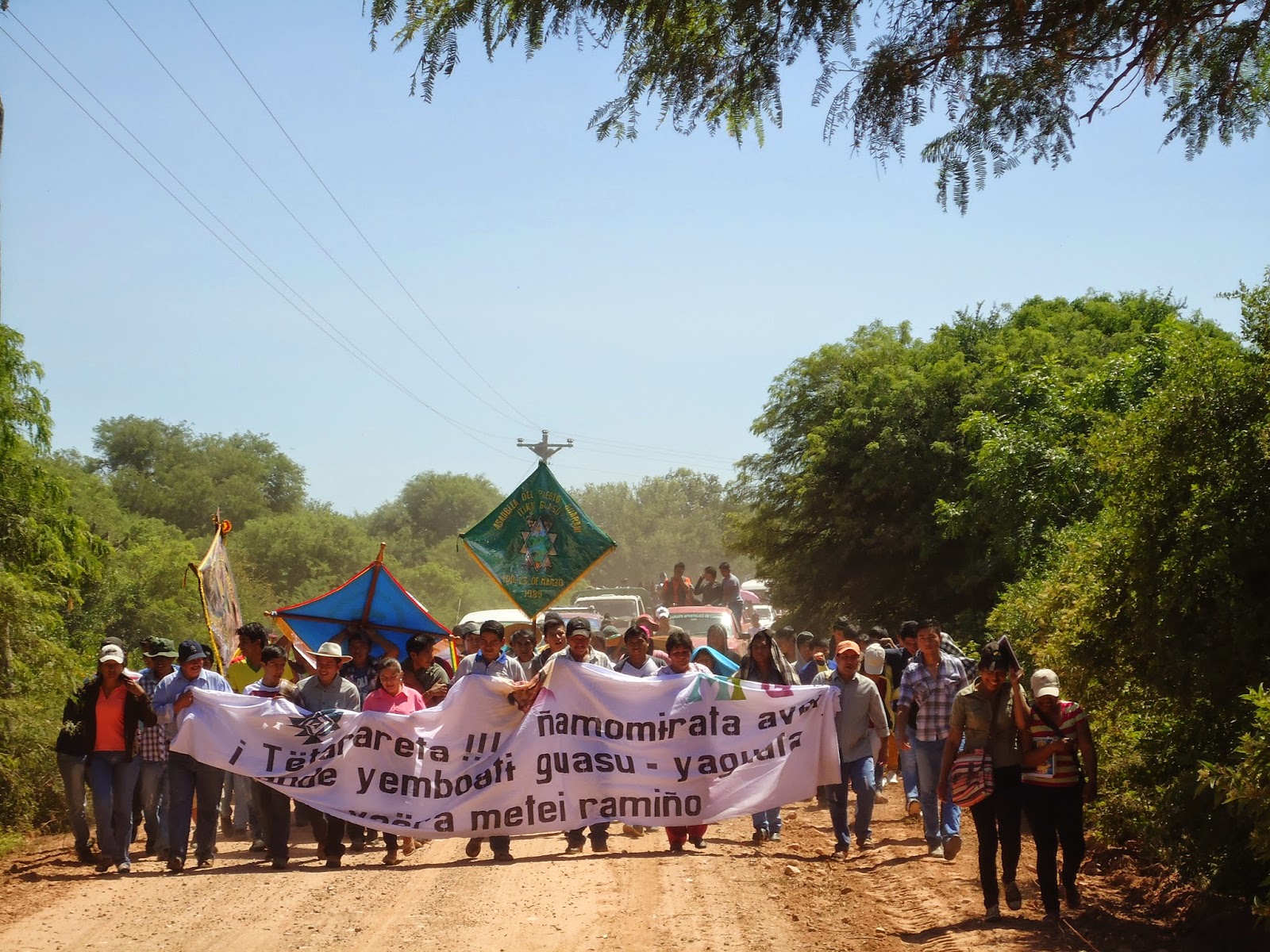
Location description
Every year, the community of Ivo in Chuquisaca receives hundreds of Guarani men and women from Bolivia, Argentina, Brazil and Paraguay that gather together to commemorate the Battle of Kuruyuki that took place in 1892. The main ceremony takes place on 28 January, commemorative date of the Battle. After marching towards the site known as La Trinchera, there is a main ceremony where the fight led by Apiaguaiqui Tumpa in defense of his people is remembered. The Asamblea del Pueblo Guaraní (Assembly of the Guarani People) and their Captaincies carry out various cultural and artistic activities during this ceremony, together with the linguistic, cultural and territorial recognition of the Guarani people. Regional and municipal authorities, young people and educational institutions take part in this mass event.
During the colonial ages (xvi-xviii cent.) the Chiriguano people (self-designated as Guarani people) became the main obstacle for the Spanish colonization in the region of the Bolivian Chaco. Before the arrival of the Spanish in the 16th century, they occupied the headwaters of Pilcomayo and Guapay rivers. The Chiriguano border with the Spanish region of Charcas, which belonged to the Viceroyalty of Peru until 1776, was known as the Chiriguano mountain range.
The resistance of these people was initially shown in isolated battles carried out by some Captaincies or zones. This changed as from the 18th century when several Captaincies organized a coalition and the uprisings, already of a general nature, brought together several areas against the common enemy: the Karai (white people).
By the end of the 18th century, the uprisings became messianic-like, since as of 1778, the Chiriguano uprisings were led by the tumpas, “Divine Emissaries” of the Tupi-Guarani tradition. On 6 August 1825, the independence of Bolivia was declared. However, the occupation of indigenous lands by the Karai continued. Also, the Franciscan Missionaries (who had been expelled in 1813) returned and extended their action area towards the south of Pilcomayo river.
In 1891, the conflicts in Ivo and Cuevo Districts worsened. The rape and murder of a young Guarani woman by the Karai Mayor of Cuevo in January 1892 was the incident that triggered the final uprising. Attacks to livestock premises occurred throughout the whole month, as well as an attempt to take the mission of Santa Rosa de Cuevo. Several Captaincies got together to fight under the leadership of Apiaguaiqui, while others remained neutral or even supported the repression of the movement.
After the arrival of the Bolivian Army to the Districts of Ivo and Cuevo, the Chiriguano people who had carried out the uprising barricaded themselves in the Kuruyuki community where they finally fought against the military troops of General Ramón González, Prefect of Santa Cruz, on 28 January 1892.
Almost a thousand Chiriguano people died in the battle. The Tumpa Apiaguaiqui was later imprisoned and executed in Sauces on 29 March 1892.
From December 1891 to March 1892, more than 6,000 Chiriguano people died in different conflicts (the take of Santa Rosa Mission, the Battle of Kuruyuki and the persecution of fugitives).
In the 70s, with the resurgence of the ethnic identity of the Chirguano people (now known as Ava Guarani, Guarani, Eastern Bolivian or simply Guarani), the Battle of Kuruyuki went back to occupy again a central place in the memory of the community.
In 1992, the Asamblea del Pueblo Guaraní (APG) (established in Bolivia in 1987) organized the ceremony of the 100th anniversary of the Battle. This event enabled the gathering of the Guarani people in a big march to Kuruyuki in which people from Santa Cruz, Tarija, Chuquisaca and even Argentina and Paraguay participated. Thus, it became a celebration of the union of the Guarani people.
In said 100th anniversary, a Guarani language literacy campaign started, which subsequently played an important role in indigenous education. President Jaime Paz Zamora, who attended the ceremony, pointed out the fair commemoration of the battle and read the recitals of the Decree that made the Intercultural and Bilingual Education official and officially acknowledged the Guarani culture as part of the national culture.
In 2009, on the occasion of the 117th anniversary of the battle, President Evo Morales laid the foundation stone of the Indigenous University of the Low Lands Apiaguaqui Tumpa in the Ivo-Kuruyuki District.
Every 28 January, this celebration gathers the Guarani people in Kuruyuki to claim against the use of violence and bloodshed among their people. The celebration also points out the importance of training and education as a means to give political answers that give back the cultural importance to the Guarani people and that help them to protect and defend their principles in terms of territory as well as political and economic-productive organization.

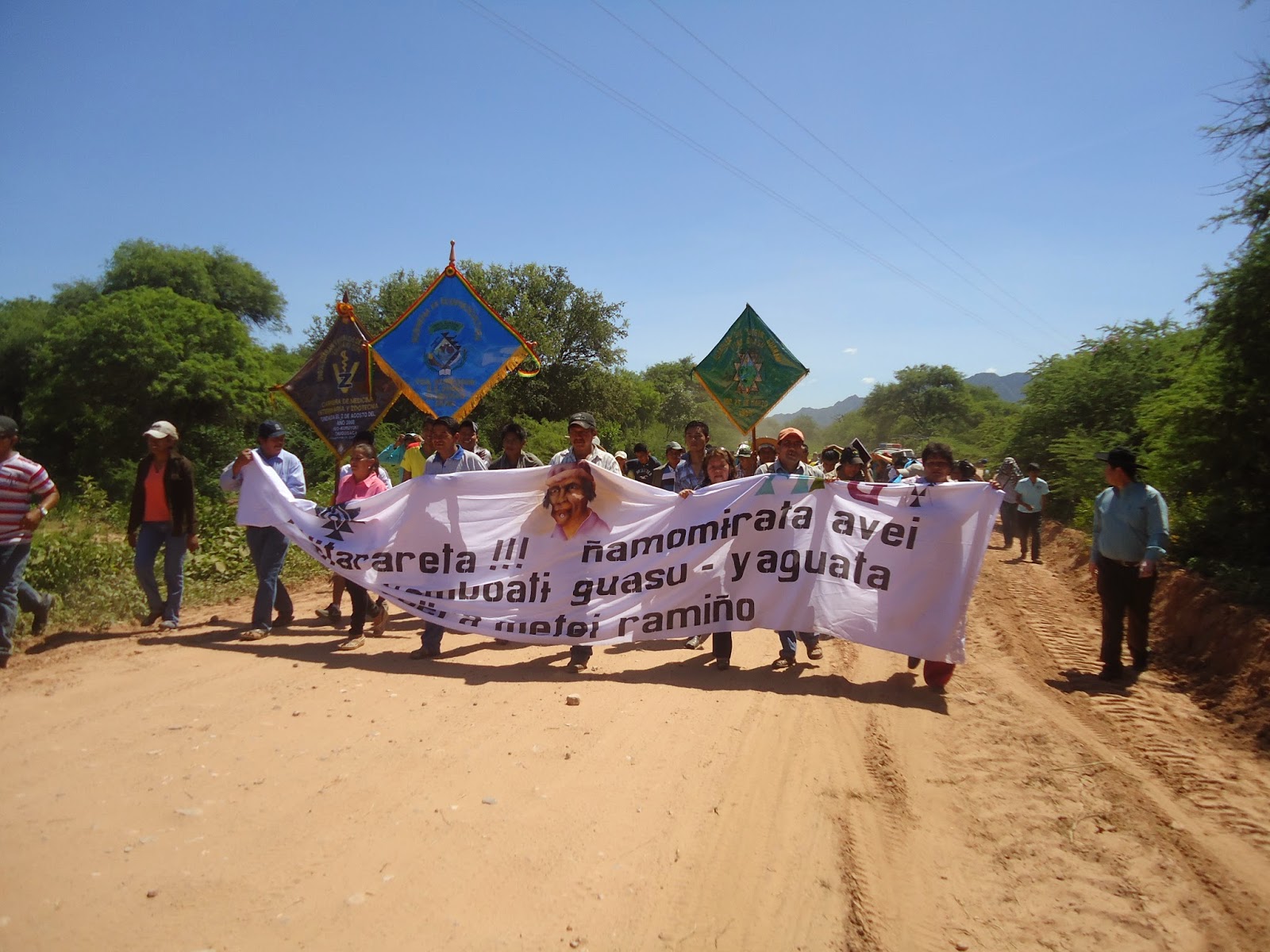
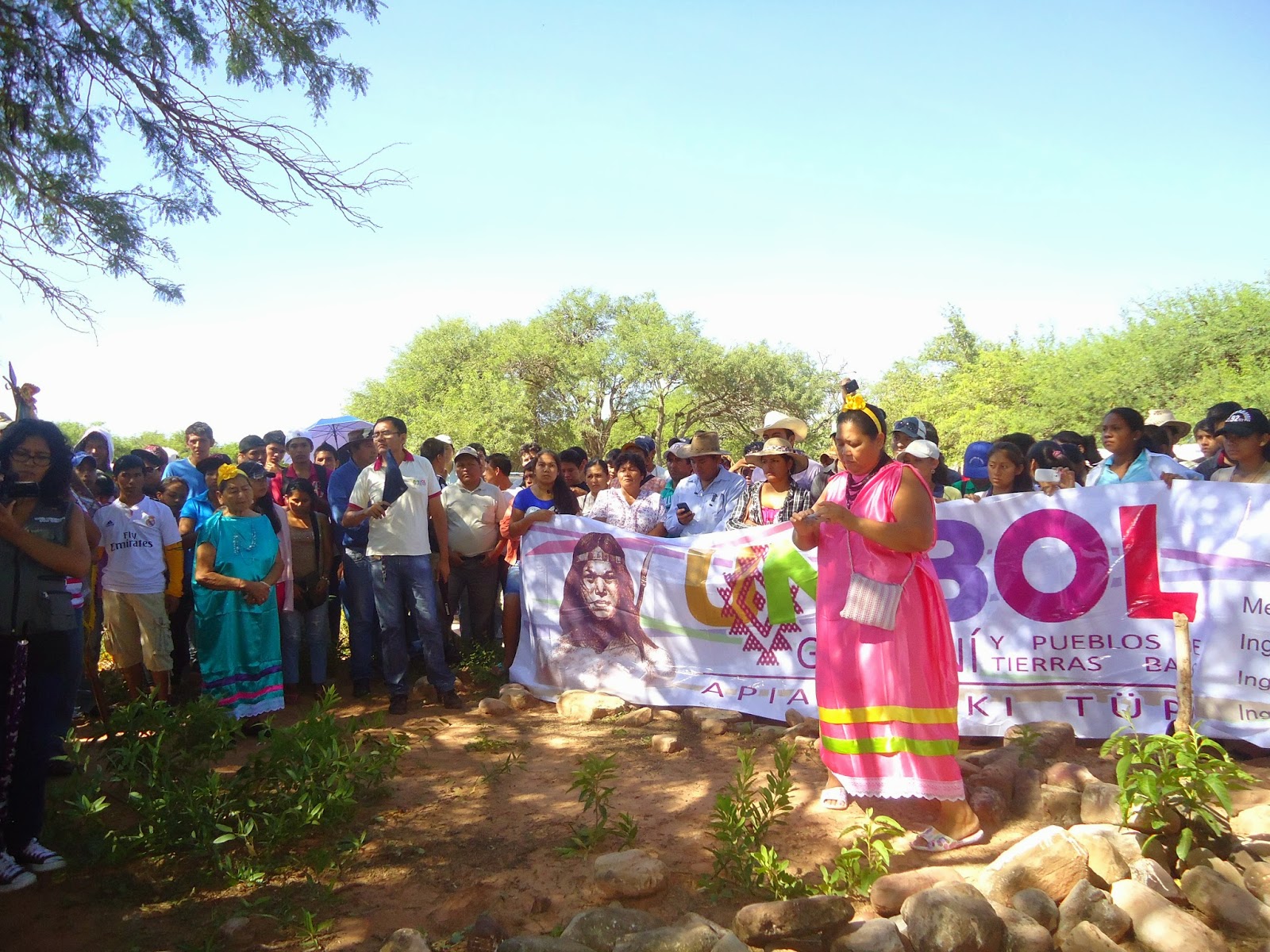
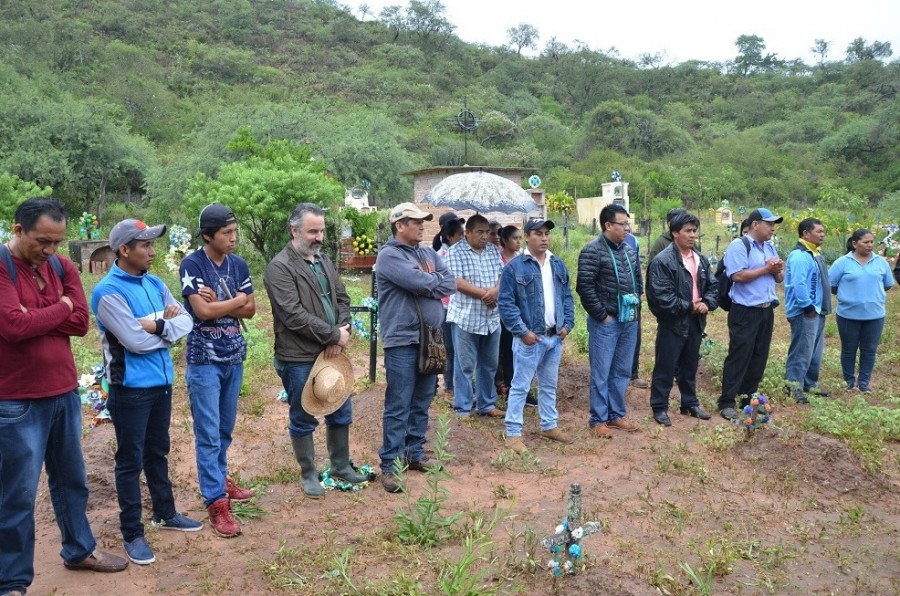
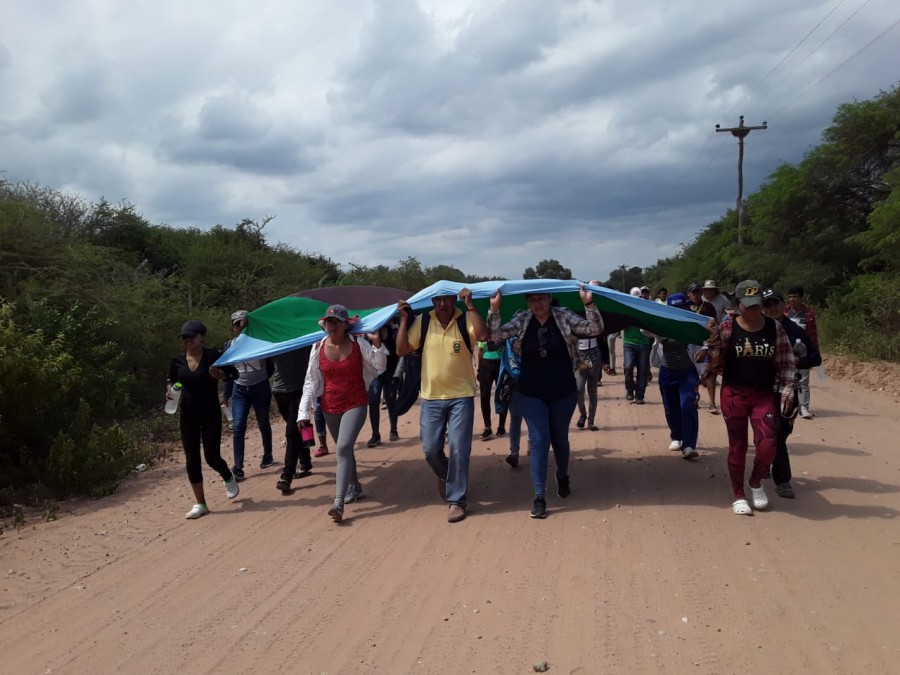
Organization in Charge - Main Referent
Asamblea del Pueblo Guaraní (Assembly of the Guarani People, or APG)
